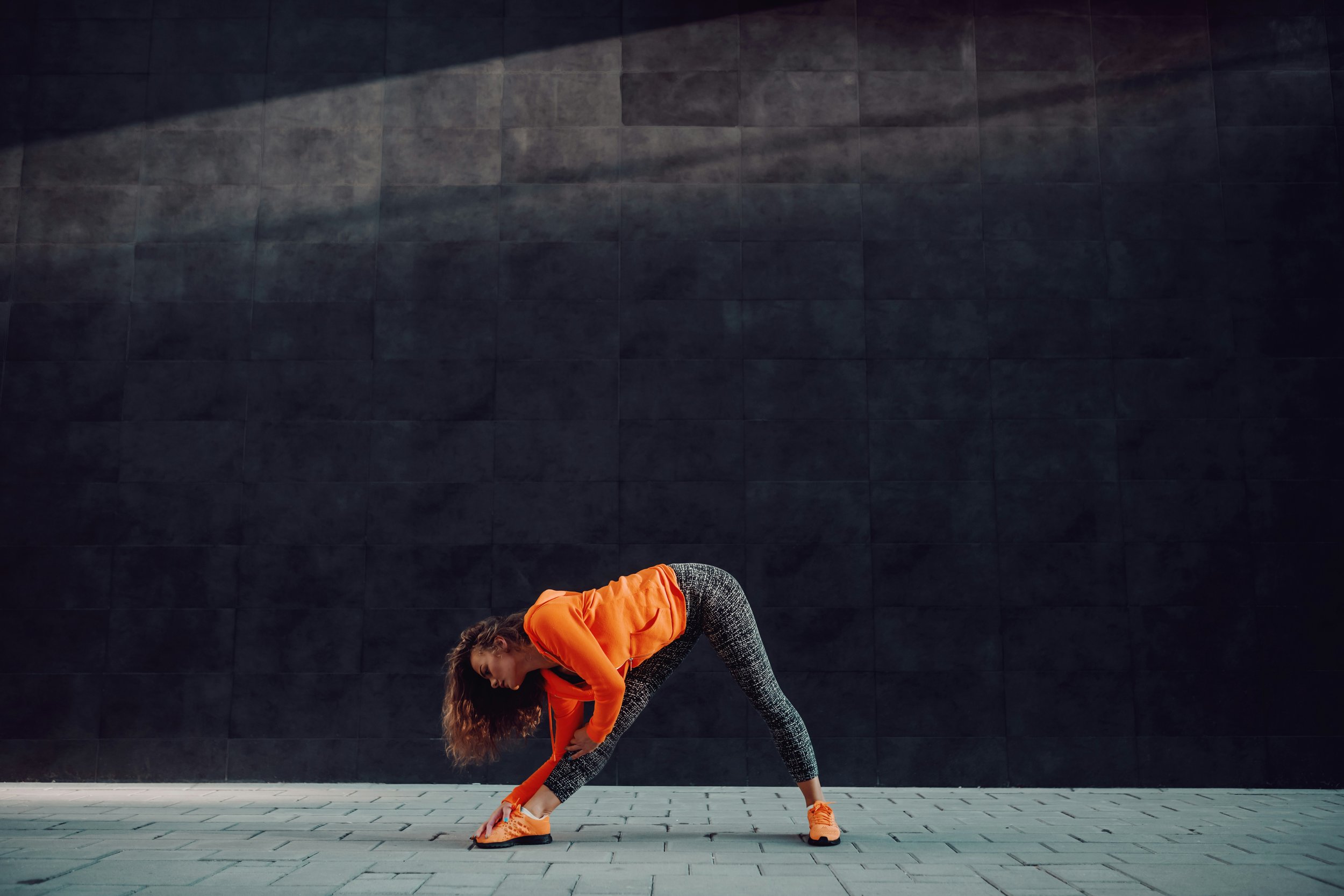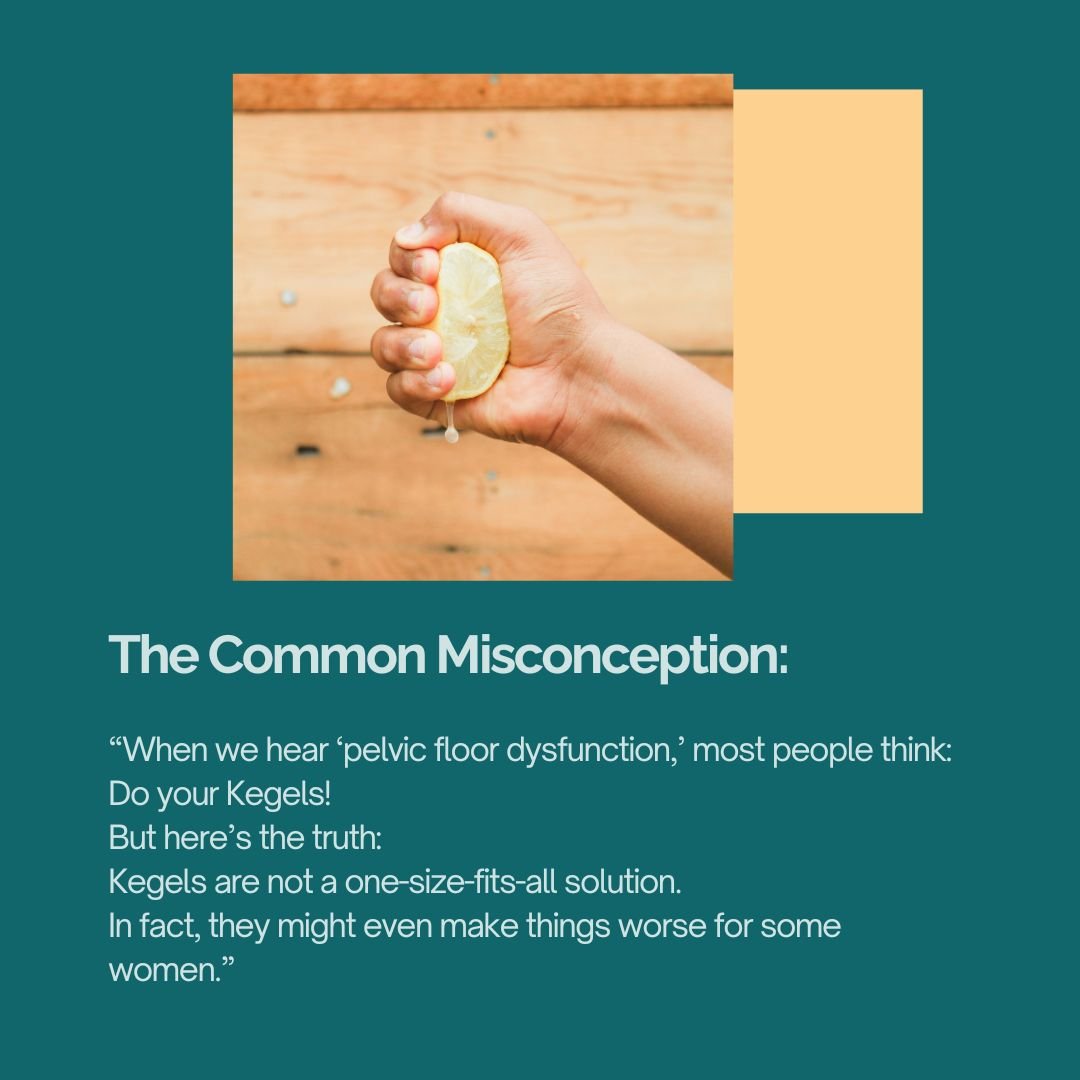
Insights
Pathways to Pain Relief: Insights and Resources for Your Journey
✨ The Hidden Cost of Shapewear: What It’s Doing to Your Pelvic Floor
We’ve been told that shapewear is a quick fix — smoothing the belly, lifting the bottom, holding everything “in place.” But at what cost?
As a pelvic floor specialist, I see behind the scenes — what’s happening inside the body when it’s tightly wrapped, compressed, and silenced by elasticized control. Spoiler alert: it’s not doing your pelvic health any favours.
Here’s what you need to know.
When the Ribs Won’t Let Go: Emotional Roots of Rib Cage Tension (And How to Release Them)
If your ribs feel stuck, it’s not a sign of failure—it’s a signal.
Your body isn’t broken.
It might just be asking for safety before mobility.
Support before stretch.
Listening before forcing.
Why Kegels May Not Be the Best Choice for Most Women with Pelvic Floor Dysfunction
Your pelvic floor isn’t meant to work in isolation—it’s part of a complex, coordinated team. It works alongside your diaphragm, deep core, hips, feet, and nervous system.
What your body really needs is a responsive pelvic floor:
One that contracts when needed, relaxes when it’s safe, and moves rhythmically with your breath and posture.
Kegels isolate the pelvic floor from this team. They often fail to restore true function—and can even create further imbalance.
Why Voice Projection Can Overload Your Pelvic Floor
Do’s and Don’ts for Voice & Pelvic Floor Health
✅ DO:
Practice exhaling while speaking rather than holding your breath and pushing.
Use diaphragmatic breath before and after long speaking or singing sessions to reset pressure.
Check your posture: Tall spine, soft knees, relaxed jaw. Alignment helps the canister function.
Incorporate voice and breath coordination drills (see below).
Use voice resonance (vibration in the chest or face) instead of pure force.
❌ DON’T:
Yell or speak forcefully while breath-holding.
Tuck your pelvis or lock your knees while speaking.
Push your belly out on inhale or clench your abs on exhale.
Ignore signs like pelvic heaviness or leaking—those are cues your system needs support.
Breathing: A Gateway to Brain Health and Resilience Against Neurological Diseases
Breathing is an automatic process we often take for granted, yet it holds profound influence over our brain's health and function. Emerging research reveals that conscious breathwork can impact brain structures like the amygdala, potentially offering protective benefits against age-related neurological diseases such as Parkinson's and Huntington's.
Hypopressives and the benefit for those living with and recovering from Cancer.
Cancer is a journey that can feel overwhelmingly out of our control. Between treatments, side effects, and the mental toll of uncertainty, it’s easy to feel like your body has been hijacked by something you can’t influence. But what if there was a way to reclaim some of that power? What if you could take an active role in your own healing and find moments of calm, relief, and even strength along the way?
Getting to know your V
Exploring your own body can lead to some surprising discoveries, and it’s completely natural to have questions—especially when it comes to your pelvic floor and vaginal health. If you’ve noticed a firm ridge along the front (anterior) wall of your vagina, it might leave you feeling a bit confused or even worried. Let’s dive into what this might be, why it happens, and how you can support your body through self-care and gentle exploration.
How Hypopressives and Apnoeas Impact the Fascia, Pelvic Organs, and Pelvic Floor
In Hypopressives, we’re always focusing on creating an elongated, neutral spine and stacking the ribcage efficiently over the pelvis. This alignment supports the vacuum effect, allowing the fascia to move upward in a more balanced, unrestricted way. It also means that the pelvic floor reflexively responds to this pressure shift without any conscious squeezing or bracing. The abdominal muscles, particularly the deeper ones like the transversus abdominis, cinch inward naturally, creating a corset-like effect without forcing a contraction.
The Breath Cascade: How Breath Mechanics Influence Pelvic Floor Health
Breathing is often seen as a simple, automatic process, but the cascade of movements and reactions within the body during a breath cycle is far more intricate and purposeful. This breath cascade not only supports vital functions but also profoundly influences spinal stability and pelvic floor health. Let’s break down this fascinating chain reaction step by step.
Onuf’s Nucleus: The Tiny Powerhouse That Controls Your Pelvic Floor (And Why Hypopressives Can Help!)
Onuf’s nucleus. You may not have heard of it, but it’s working hard for you every day—helping you control your bladder and bowels, keeping your pelvic floor muscles engaged, and even playing a role in orgasmic contractions(yes it also helps with amazing orgasims)
Piriformis Syndrome: Causes, Sciatic Pain, and Holistic Movement for Relief
Piriformis syndrome is often misunderstood as just a "tight muscle" problem, but in reality, it can disrupt nerve function, alter fascia dynamics, and contribute to chronic pain that extends beyond the glutes. If you’ve ever felt sciatic pain that worsens in certain positions—particularly lying on your front—or experienced an unexplained burning sensation in your buttocks, legs, or even vulva, this might be the missing piece of the puzzle.
This post will explore why piriformis syndrome happens, how it affects the body (including its impact on fascia), why it can make lying on your stomach unbearable, and why traditional methods like the McKenzie approach may not be effective. We'll also dive into exercise modalities that actually work—including Hypopressives, a technique that promotes whole-body engagement to alleviate sciatic pain.
The Sciatic Nerve: Its Pathway, Compression Points, and Holistic Approaches to Relief
The sciatic nerve is the longest and thickest nerve in your body, playing a vital role in lower limb function and mobility. Originating from the lumbar and sacral plexus, it travels down the spine, through the pelvis, and into the legs, branching off to deliver motor and sensory signals. But due to its long journey, it's prone to compression and irritation, which can cause pain, numbness, and dysfunction. In this post, we’ll explore its pathway, common compression points, how hysterectomies and sacral damage can impact it, and most importantly, how you can take charge of your recovery with Hypopressives, breathwork, foot mechanics, and release techniques.
How Does CBD Oil Affect the Pineal Gland, Hormones, and Pelvic Floor Health?
Long before we had clinical studies, ancient cultures used cannabis and castor oil to support sleep, ease pain, and regulate cycles. From Ayurveda to Chinese medicine, plant medicine was a trusted ally in keeping the nervous system balanced. Castor oil, known for its ability to permeate the skin and nourish tissues below the surface, is rich in ricinoleic acid, which has anti-inflammatory and circulatory-boosting properties. It is believed to enhance lymphatic flow, improve tissue hydration, and support hormonal balance by increasing circulation to the reproductive organs.
Scar Tissue, Fascia, and the Ripple Effect on the Pelvic Floor: How Breath and Posture Can Help
Scar tissue is a natural part of the body’s healing process after a hysterectomy, pelvic floor surgery, or any abdominal intervention. However, while it serves as the body's internal "patchwork," it doesn’t always integrate seamlessly into the surrounding tissues. Instead, scar tissue can form adhesions—dense, fibrous bands that create restrictions and pull through the biotensegrity of the entire body.
This post will explore how these adhesions impact movement, hydration, and nerve glide within the fascia and muscle chains—and how postural awareness and Hypopressives can be powerful tools in restoring balance and function.
The Pineal Gland, Melatonin, Sleep & The Breath: A Hypopressive Perspective
Tucked deep within the brain, nestled between the two hemispheres, lies the pineal gland—a tiny but mighty structure responsible for regulating circadian rhythms, sleep cycles, and melatonin production. But beyond its role in sleep, this gland holds a fascinating anatomical resemblance to another deeply sensitive and powerful structure: the clitoris.
Yes, you read that right. The pineal gland and the clitoris share striking similarities—both are deeply sensitive to stimulation, encased in layers of tissue, and wired into complex neuroendocrine pathways. While one governs melatonin and sleep, the other orchestrates pleasure and autonomic nervous system regulation. And just like the clitoris, the pineal gland responds to breath, movement, and subtle shifts in internal pressure—which is where Hypopressives and breathwork come in.
The Emotional Blueprint of the Pelvic Floor: How Thoughts, Movement, and the Nervous System Shape Function
Dorsal Vagal (Freeze/Fawn):
Unlike fight-or-flight, where the pelvic floor tightens in response to stress, freeze mode causes a sense of disconnection from the body.
Women often cannot fight or flee from their own pelvic floors, so they may instead freeze, resulting in a lack of sensation, dissociation, or numbness in the pelvic area.
The fascia becomes rigid and dry, reducing mobility and increasing pain perception.
Bladder function may be affected by delayed or absent signals, leading to retention or leaks due to an unresponsive pelvic floor.
Movement feels slow, heavy, or disconnected, and engaging with the pelvic area may feel overwhelming.
Breathing, Pressure, and the Apnoea Phase in Hypopressive Exercises
Why Does It Work?
The underlying physics of hypopressive apnoea is all about pressure differentials. When you hold your breath after a slow steady exhalation, the internal pressure drops below atmospheric pressure. According to principles similar to those in fluid dynamics (think of how a suction cup works), this creates an inward pull. In the human body, this “suction” can:
Reduce Intra-abdominal Pressure: A lower pressure within the abdomen decreases the load on the pelvic floor, potentially reducing issues like pelvic organ prolapse.
Enhance Muscle Activation: The body naturally recruits stabilising muscles, including those deep within the core, to counteract and adjust to the pressure changes.
Over time, regular practice of hypopressive exercises can contribute to better core stability, improved posture, and enhanced pelvic floor health.
Understanding and Addressing Queefing: The Role of Alignment and Breathwork
Let’s talk about queefing. Yes, vaginal flatulence—the release of trapped air that can sometimes make an awkward appearance during sex, exercise, or yoga. It’s entirely natural, harmless, but not exactly a confidence booster. Why does it happen, and more importantly, is there something we can do to prevent it? Absolutely. With a deeper understanding of posture, alignment, and breathwork, you can reduce the frequency of queefing and improve overall pelvic health. Let’s dive in.
The Connection Between Overactive Bladder and Swimming: What’s Really Happening?
For many, the urge to pee when swimming in open water or a recreational pool feels like an inevitable, though puzzling, part of the experience. Is it the cool water? The gentle pressure on your abdomen? Or something deeper at play in your body’s systems? This post explores the physiological reasons behind this phenomenon and how intentional breathwork and Hypopressives can help manage overactive bladder symptoms.
The Anatomy of the "Just-In-Case" Pee and Why It Matters
Have you ever used the bathroom "just in case" before leaving the house, even if you didn’t really feel the urge to go? Or maybe you’ve squeezed harder when peeing, worrying about leaking or needing to return to the toilet shortly after? These habits might seem harmless, but they can disrupt your bladder’s natural function and contribute to pelvic floor dysfunction over time. Let’s dive into the anatomy behind these common behaviors and how simple techniques like lateral costal breathing, jaw relaxation, and foot positioning can support your bladder’s health.



















